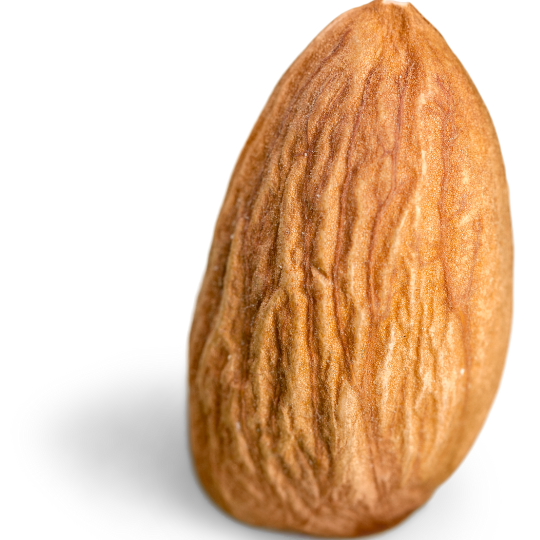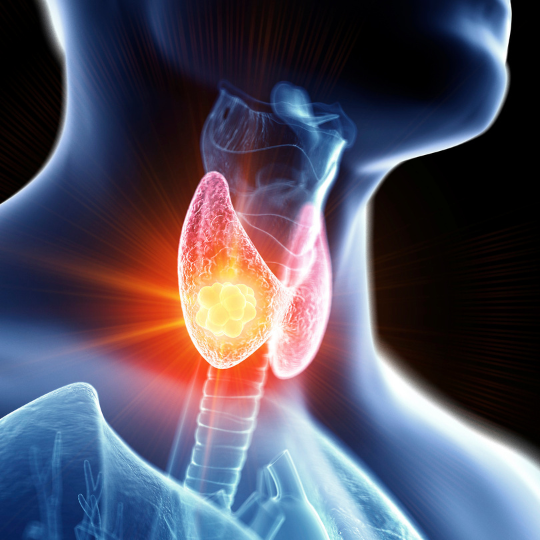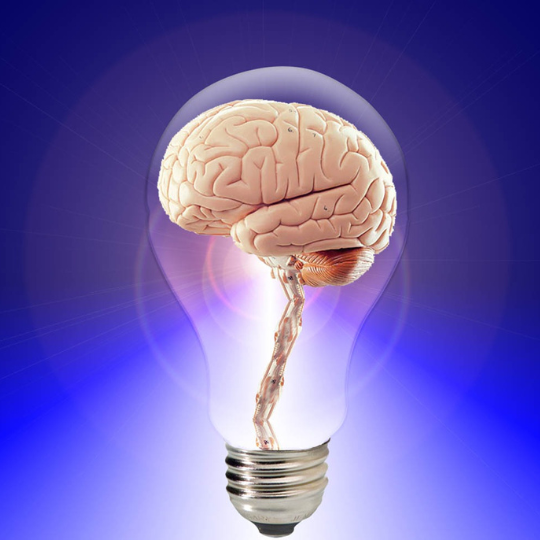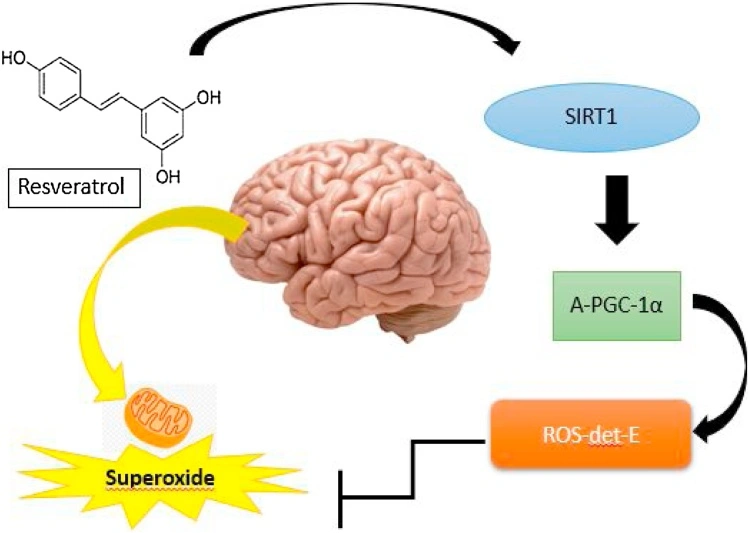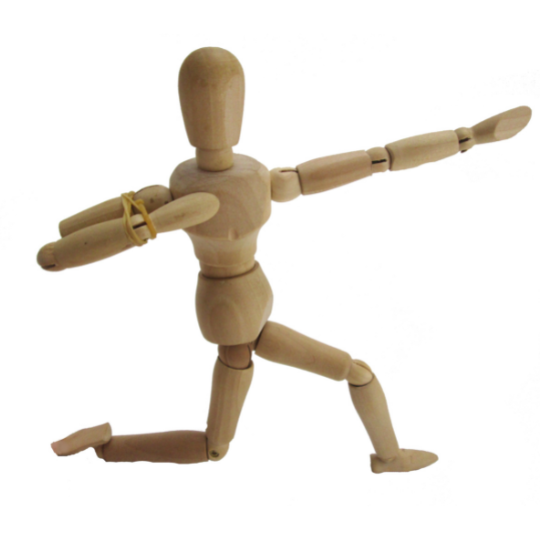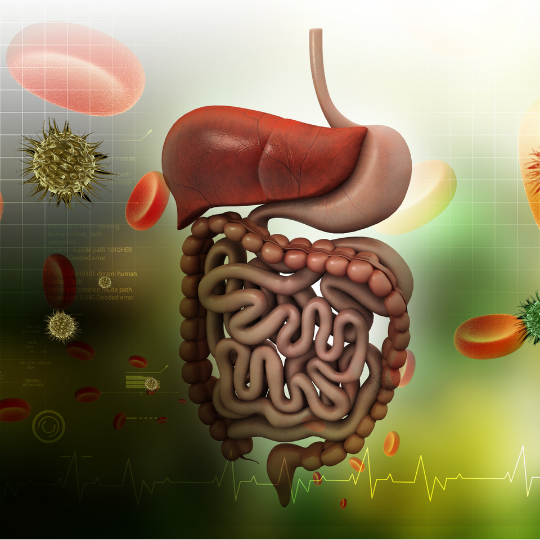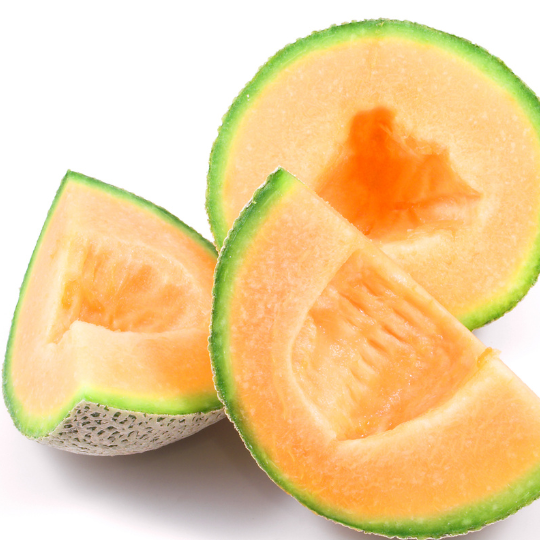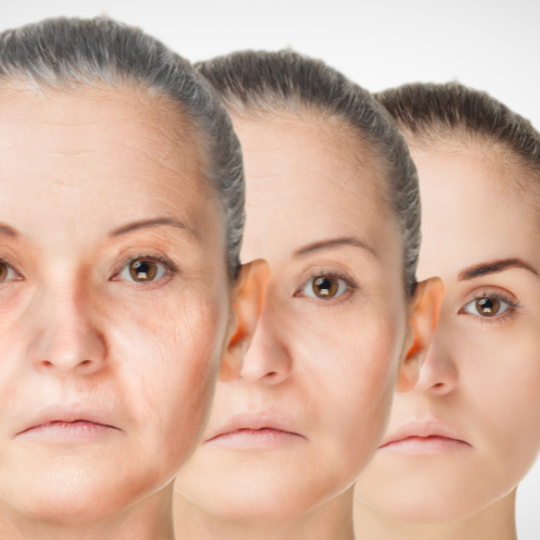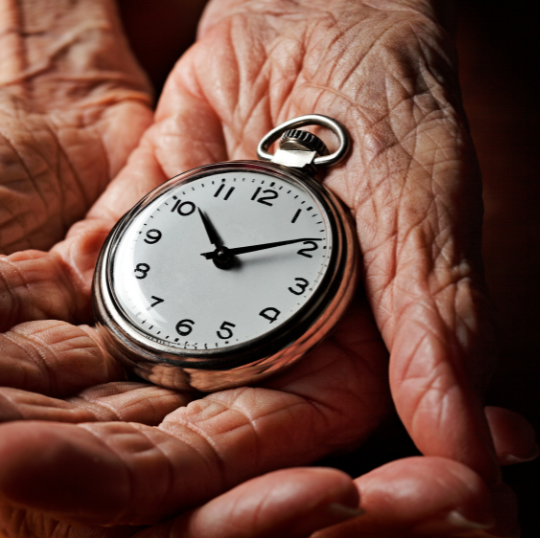Energy Balance: Intake VS Expenditure
Maintaining a healthy weight is crucial for good health and longevity. The balance between energy intake and energy expenditure is a key element in obtaining and maintaining a healthy weight. But what is energy intake and energy expenditure? Well, Energy intake refers to the calories you consume through your diet, while Energy expenditure refers to the calories your body uses for various functions, such as digestion, metabolism and physical activity.
Now, you might be wondering how you can maintain a healthy weight. The key to maintain a healthy weight is to balance the number of calories you consume with the number of calories you burn. It comes to a simple equation (Hill et al., 2013):
- If you consistently consume more calories than you burn, you will gain weight.
- If you consistently burn more calories than you consume, you will lose weight.
Simple, right? But let me explain a little more each component.
Expending more with NEAT
One key component of Energy expenditure is Non-exercise activity thermogenesis (NEAT), this refers to the energy your body uses for activities other than planned exercise. NEAT includes activities like standing, walking, fidgeting even just with your hands. These activities may seem small and insignificant, yet they can add up to a very important amount of the energy you consume over the course of a day.
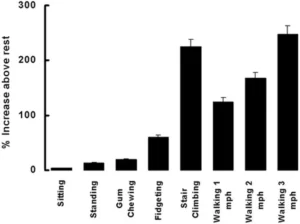
In fact, research has shown that NEAT is responsible for 6-10% of total energy expenditure in individuals with a mainly sedentary lifestyle and for 50% or more in highly active subjects (Loeffelholz & Birkenfeld, 2022). This suggests that NEAT may significantly affect both your weight and energy balance. For instance, if you have a sedentary lifestyle with low levels of activities that add to your NEAT, you may be at a higher risk of gaining weight compared to someone who has a more active lifestyle with higher levels of NEAT.
There are several ways you can increase your NEAT to help maintain a healthy weight and even lose weight. One simple way is to incorporate more movement into your daily routine. You can include taking breaks from sitting up to walk around or stand up, taking the stairs instead of the elevator, or going for a walk during your lunch break. Other ways to increase NEAT that are maybe not as obvious are tapping your feet, fidgeting with your hands, or performing simple domestic tasks like cleaning or gardening.
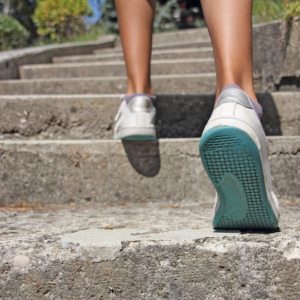
Along with enhancing NEAT, it’s critical to focus on your diet and make sure you’re getting a nutrient dense and balanced diet. This can be achieved by incorporating a variety of foods to make sure you are getting all the nutrients your body needs, choosing whole, unprocessed foods, and reducing added sugars and unhealthy fats.
Overall, maintaining a healthy weight depends on the balance between energy intake and energy expenditure. By increasing your NEAT and making healthy choices in your diet, you can help to achieve and maintain a healthy weight, which can lead to a long and joyous life.
So now, get up your chair, take a walk around your bed, or just start tapping your feet, fidgeting your hands, and you’ll start getting the benefits of increasing your NEAT. And take a peak at our genetic and metabolic optimization approach to see how NEAT neatly integrates in the wider health and longevity milieu.
